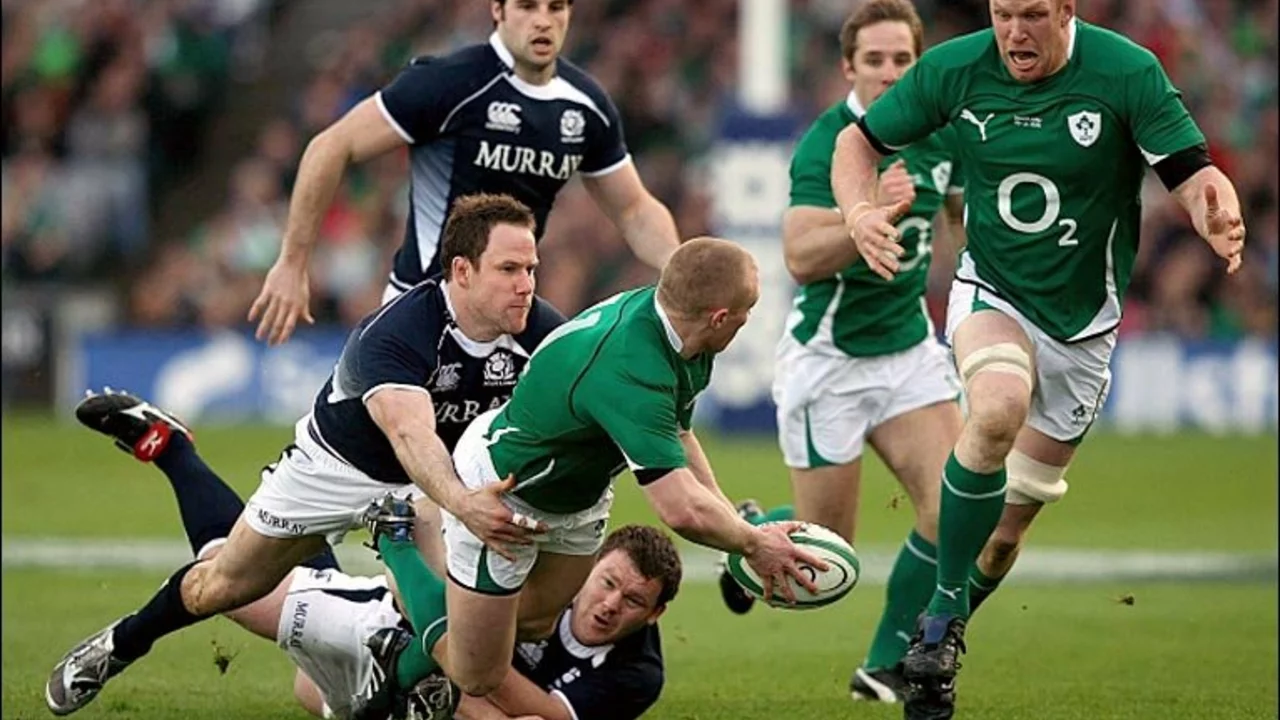Rugby Position Guide – What Every Player Needs to Know
Ever wonder why the forwards pile up in a scrum while the backs sprint down the sideline? It all comes down to the positions on the pitch. Each role has a clear job, and knowing those jobs makes the game easier to watch and play. Below we break down the eight main positions, the skills they need, and how they link together during a match.
Forwards: Power and Set‑Piece Work
The forwards are the engine room. Numbers 1 to 8 are split into the front row, second row, and back row. The front row – loosehead prop (1), hooker (2), and tighthead prop (3) – anchor the scrum and fight for ball possession in close quarters. Props need brute strength and a low centre of gravity, while the hooker combines that strength with quick hands for throwing the line‑out.
The second row (locks, numbers 4 and 5) are the tallest players. Their job is to win line‑out ball and generate power in the scrum. Jumping ability and high work‑rate around the breakdown are essential.
Back row players – blind‑side flanker (6), openside flanker (7), and number 8 – are the link between the tight five and the backs. Flankers chase down opponents, steal the ball, and support ball carriers. Number 8 picks the ball from the base of the scrum and often carries it forward, needing good ball‑handling and speed for a forward.
Backs: Speed, Skill, and Decision‑Making
The backs start with the scrum‑half (9). He feeds the ball into the scrum, clears it from rucks, and decides whether to pass or kick. Quick thinking and sharp passing are a must.
The fly‑half (10) is the chief playmaker. He directs the attack, chooses when to kick for territory or pass to the centres, and often takes goal‑kicking duties. A good fly‑half reads the defense and keeps the team moving.
Centres (inside 12 and outside 13) break the defensive line and create space for the wings. They need a mix of strength to bust tackles and agility to step out of traffic. Inside centres often act as a secondary playmaker, while outside centres finish the line‑breaks.
Wings (11 and 14) are the fastest runners. Their job is to finish scoring chances and chase kicks. Good positioning and the ability to beat a defender one‑on‑one are key.
The full‑back (15) hangs back to field kicks, launch counter‑attacks, and act as the last line of defense. He must be solid under the high ball, have a good kicking game, and be ready to join the line when needed.
Understanding each position helps you spot why a team chooses a particular strategy. For example, a strong set‑piece pack (props and lock) can dominate scrums and line‑outs, giving the backs cleaner ball and more space to attack. Conversely, a fast back line can exploit a weak defensive line even if the forwards are out‑matched.
If you’re new to rugby, try watching a match and identify each number as it appears on the field. Pay attention to how the props bind, how the scrum‑half moves the ball, and how the wing finishes a move. The more you spot these patterns, the more the game makes sense.
Whether you’re playing, coaching, or just cheering from the stands, knowing the basics of each position adds a whole new layer of enjoyment. So next time you hear a commentator shout “number 8 picking the ball” or “fly‑half’s decision,” you’ll know exactly what’s happening and why it matters.
What rugby union position would I fit in?
Well, folks, it's time to tackle (pun intended) the burning question - which rugby union position would I fit into? Now, considering my penchant for running aimlessly, you might think I'd be a great fit as a winger, but given my lack of speed, I'd probably be overtaken by a snail! Perhaps the position of a prop would suit me better, but then again, my spaghetti-like arms might be a bit of a hindrance in the scrum. So, after much deliberation, I think I'm going to settle for the position of a spectator. It's a tough job, but someone's got to cheer on the team, right?
full articleWhat rugby union position would I fit in?
This article provides an overview of the different positions in rugby union and how to decide which one is most suitable for you. It explains the different roles and responsibilities of each position, as well as the physical and mental requirements for success. It also looks at the advantages and disadvantages of the different positions, and suggests how to determine the best fit. Finally, it provides an overview of the skills and qualities necessary to perform in each position, offering advice on how to develop these skills. In conclusion, this article provides a helpful insight into the different roles in rugby union and offers an effective guide to choosing the right position for you.
full article



